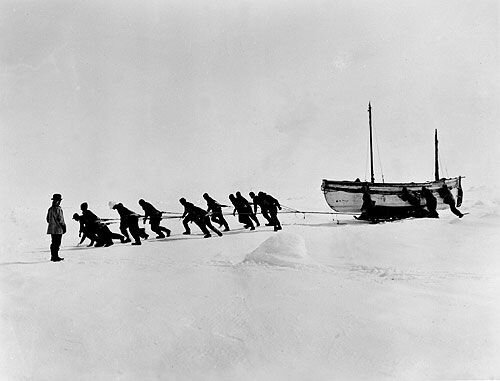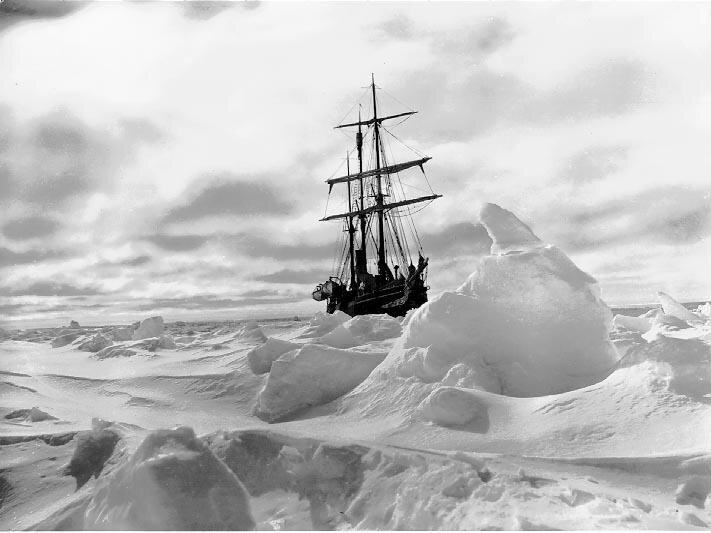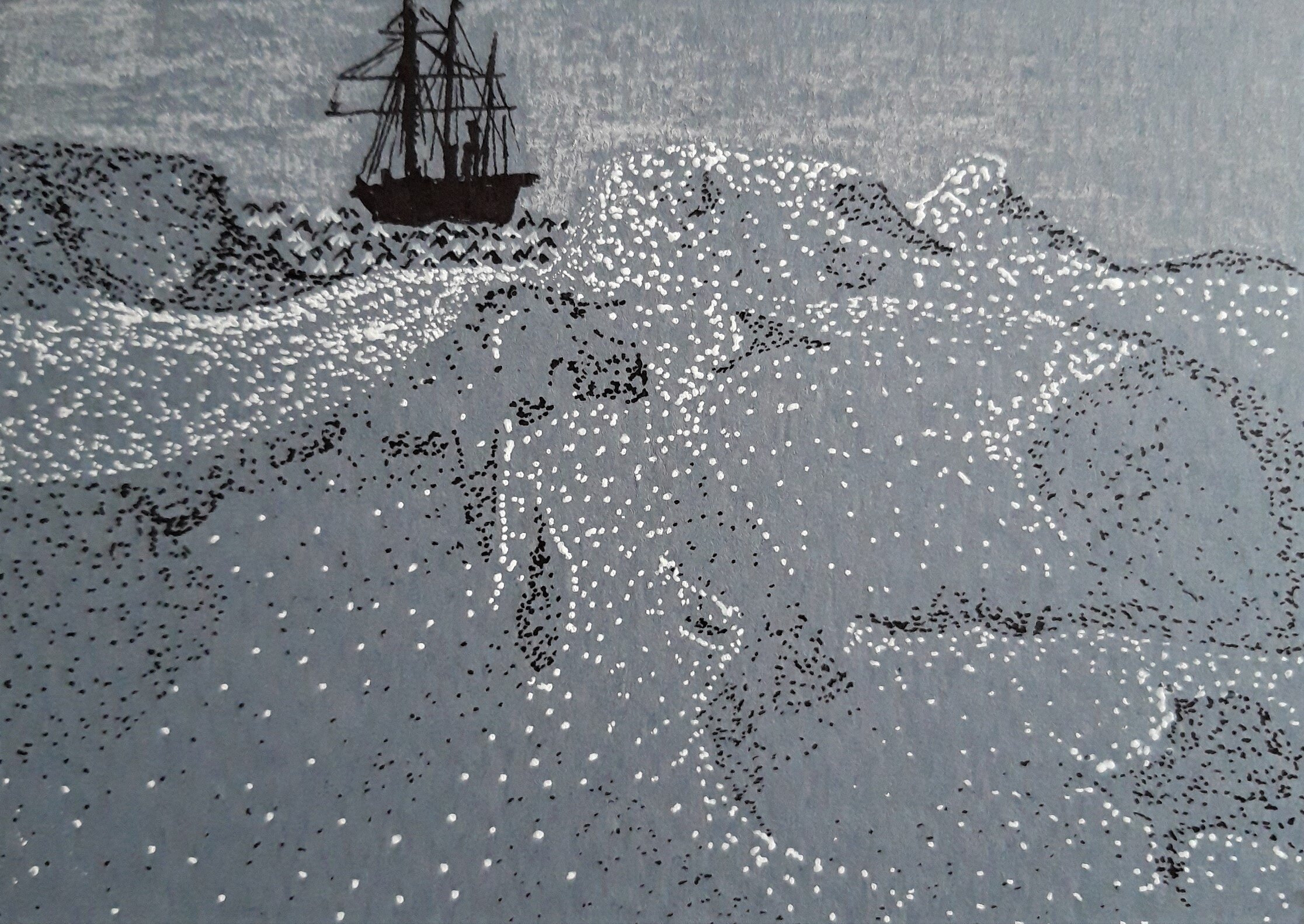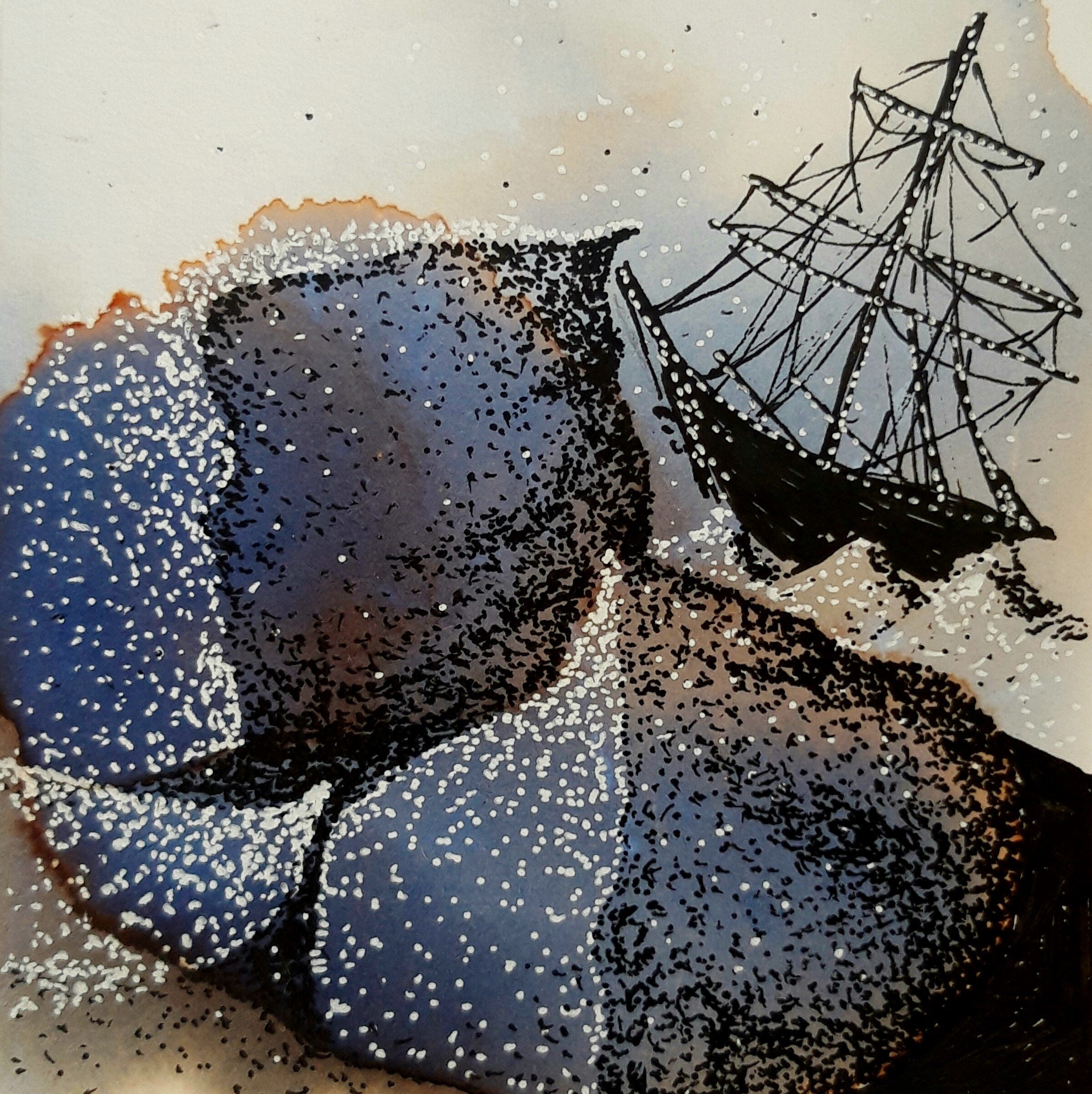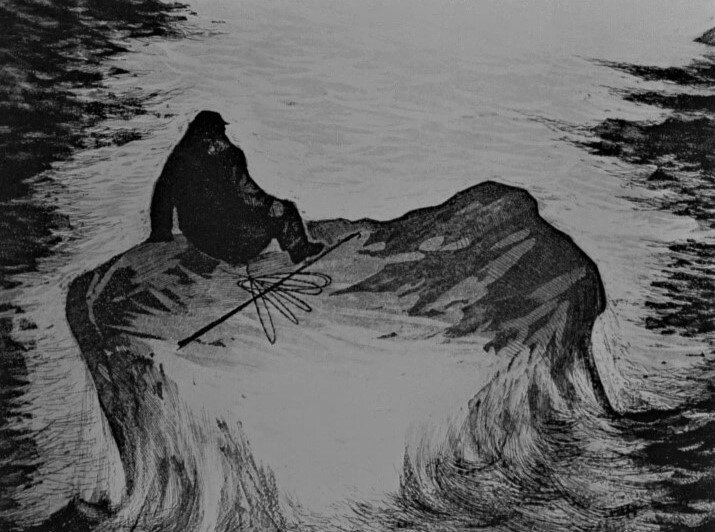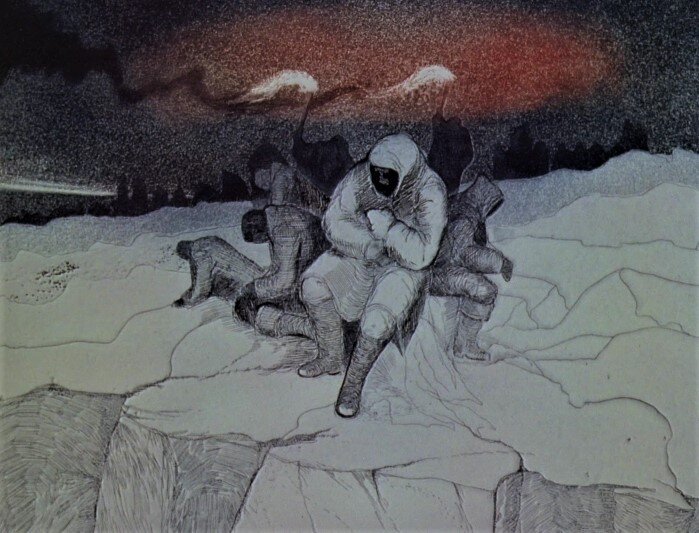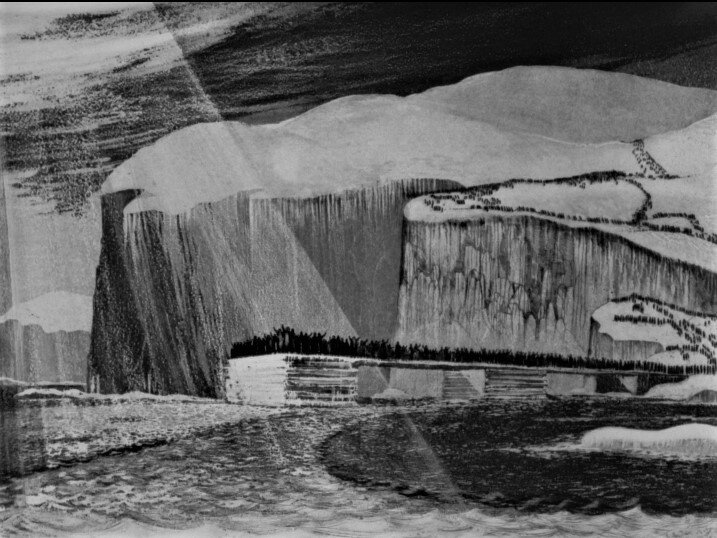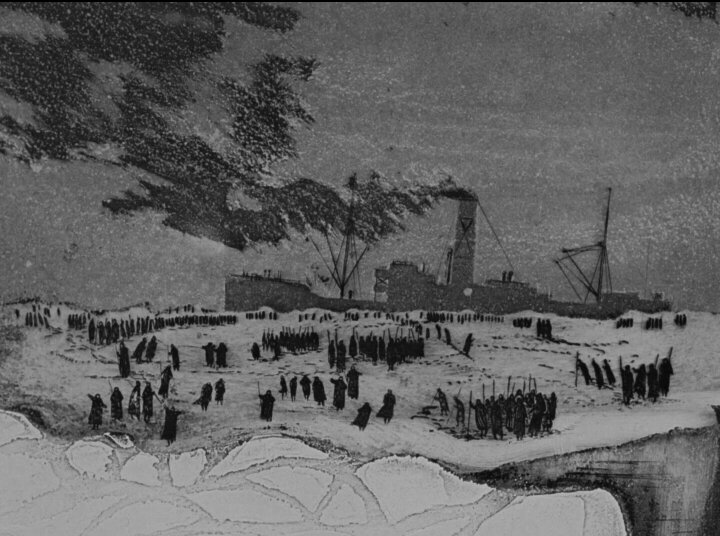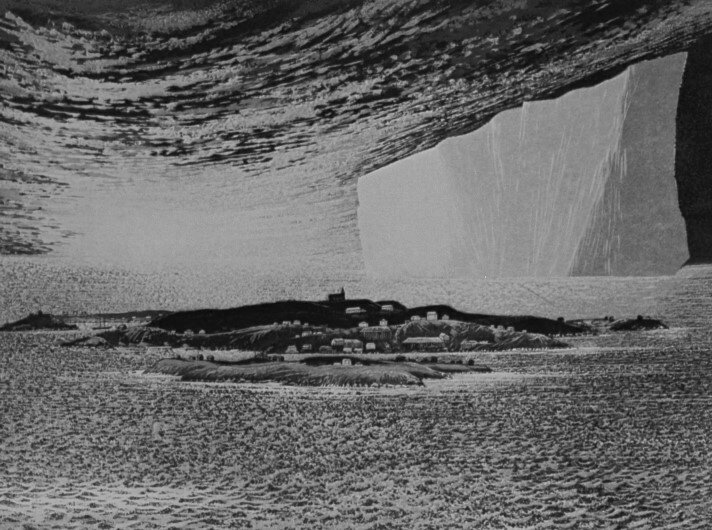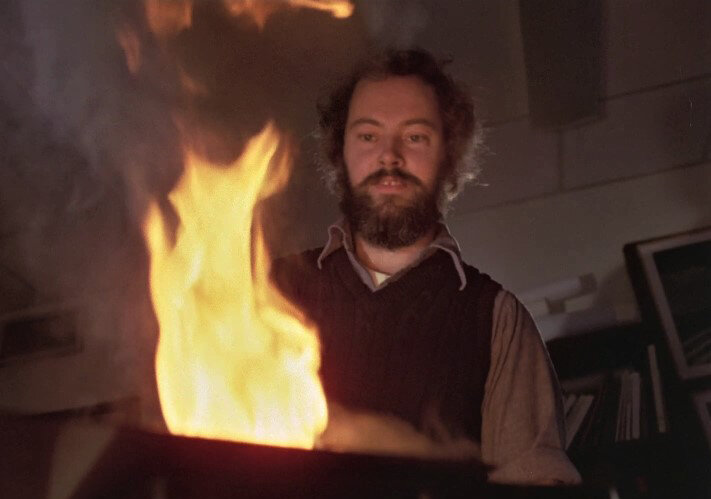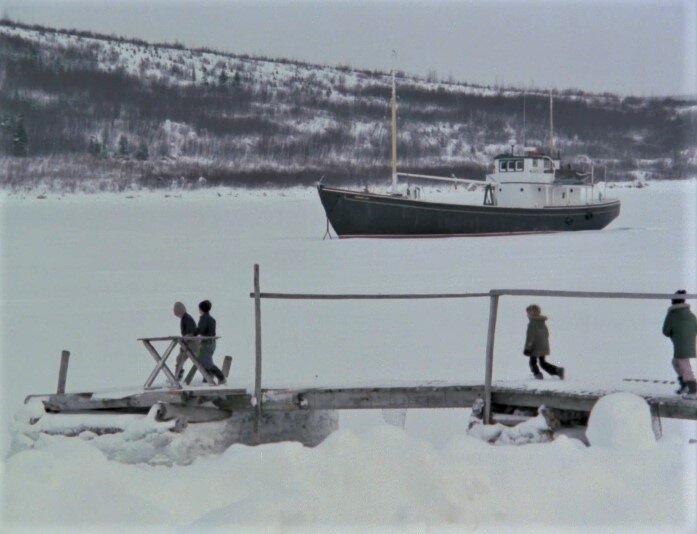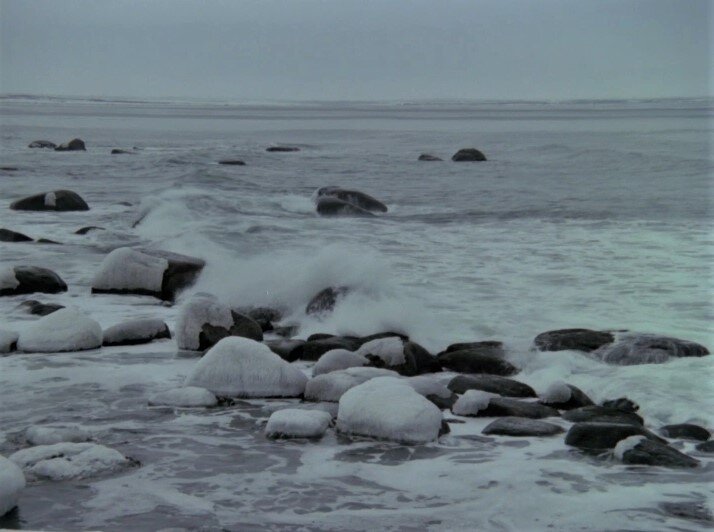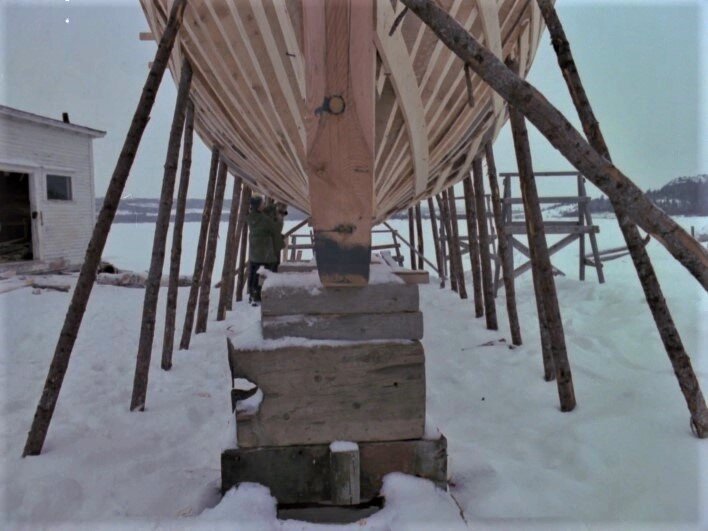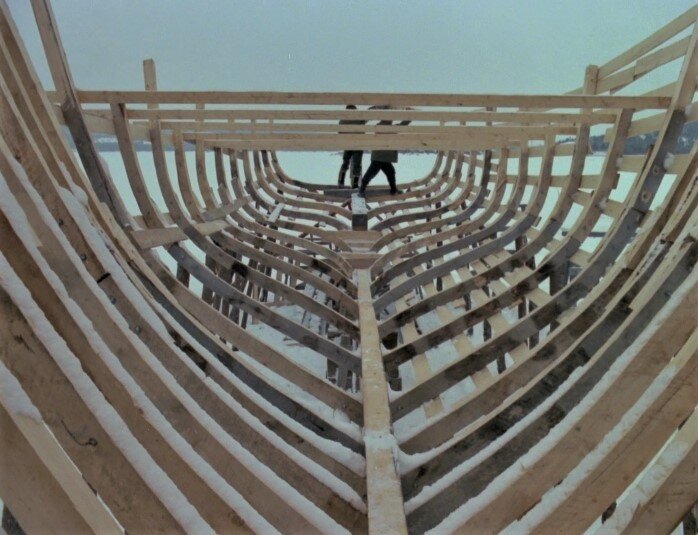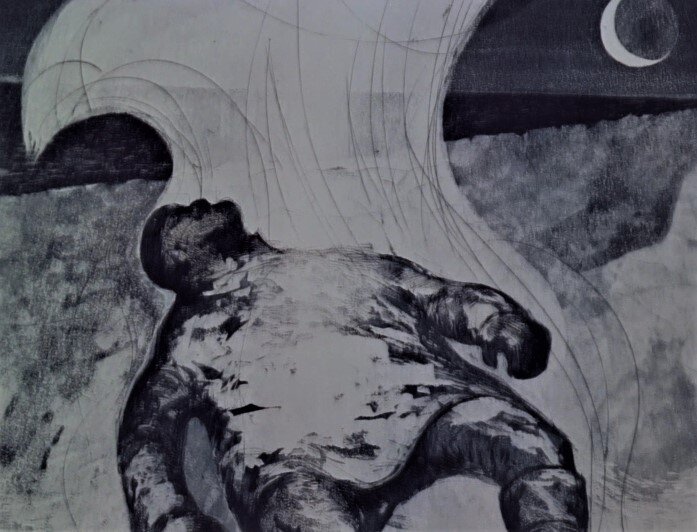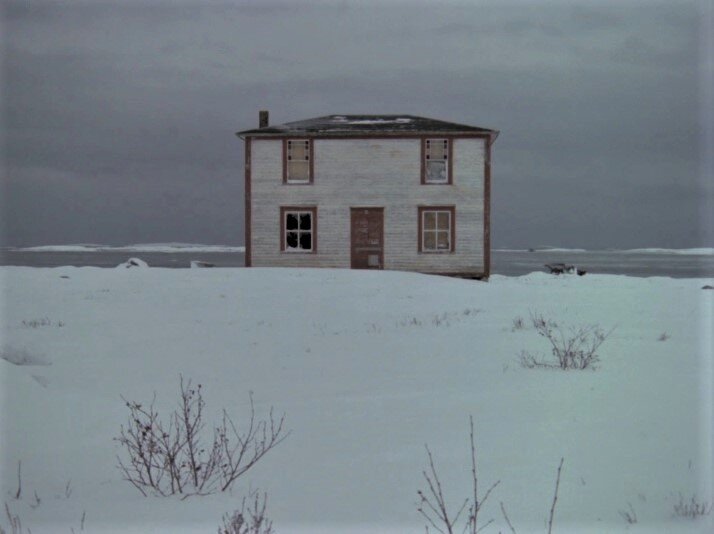Blackwood
A few years ago Peter was given a book of photographs from the Shackleton expedition. They are incredibly striking in high contrast monotones - the sculptural Antarctic landscape at once both graphic and eerie. Your visual expectations are confounded - fluid waves are frozen; ships are ice-gripped in gut-lurching angles - masts keeling. And of course they tell a powerful story too, of extraordinary heroism, resilience and grit.
The photographs are all the more precious when you consider the weight and bulk of early Twentieth century photographic equipment - on an expedition where every ounce of extra weight was critical.
Over the last few months I have done a couple of very quick little sketches from the photographs. I find the ice forms in the strong low light very beautiful. The image on the right is the most recent - done the other week as part of an ongoing postcard exchange with a group of friends. The deep blue ground is an ink blot made by a friend on a white postcard, and I have worked on top of it in black and white pen to coax the image out of the inky abstraction.
When she saw drawing the friend told me about a Newfoundland printmaker called David Blackwood - I was immediately hooked.
All of the images below are stills from a wonderful 1976 documentary film made about Blackwood and his community. The picture quality here is poor - they are just my screengrabs, and don’t do justice to the work. But the film, by Tony Ianzelo and and Andy Thomson, is a real gem.
This is the link to the film on the National Film Board of Canada website here .
Blackwood has lived and worked all his life in this remote harsh corner of Canada. His work documents the landscape, the history, the customs and the stories of a way of life that was fast disappearing.
The narrative drive in the work is very powerful - Blackwood is a real visual story-teller.
The soundtrack to the film includes wonderful oral histories too. The accents are strange and yet familiar: I hear Scottish and Irish tones in the mix - these are the mid-Atlantic voices of sea-farers and fisherfolk. The tales are of the harshness of the winters and the very real struggle for survival.
Here you see Blackwood at work on a copper etching plate. The film alternates between studio clips following the development of a print; winter landscapes; reminiscences; and rituals. It is a very compelling mix.
Blackwood’s own family were Newfoundland sea-farers and you feel throughout his work the pull of the sea and the power of the elements. Life was brutal and harsh. And yet you hear in the reminiscences a keen yearning for the old times.
I really can’t recommend the film strongly enough - do watch it.
Blackwood - by Tony Ianzelo and Andy Thomson - National Film Board of Canada


